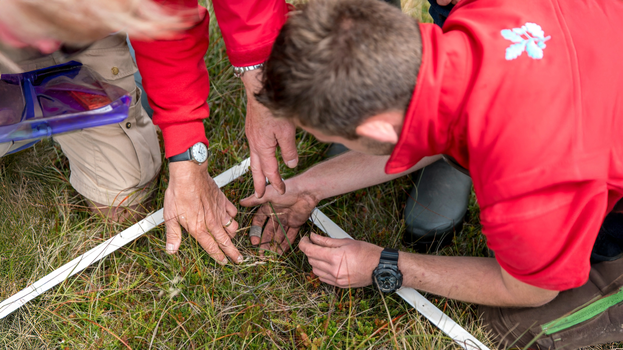Damaged peat bogs
Holcombe's moorland is a precious environment, but the impact of the Industrial Revolution, wildfires, overgrazing and erosion from wind and rain has caused significant damage. These pressures have resulted in a dry and exposed peat surface with limited vegetation cover, reducing valuable habitat for a wide variety of wildlife including breeding birds.
The importance of peat bogs
Healthy peat bogs are wet and covered by specialist plants which are resilient to very acidic conditions. Eventually these plant communities decompose slowly to form new peat. This process is important not only because it traps large volumes of carbon but also because healthy upland bogs help slow the flow of water and prevent flooding further downstream.
Peatland bogs are also important habitats for special and protected species of plants and animals. Golden plover, curlew, dunlin, and the common lizard, are just a few examples.

















